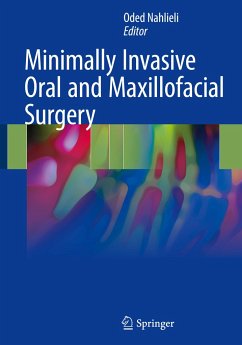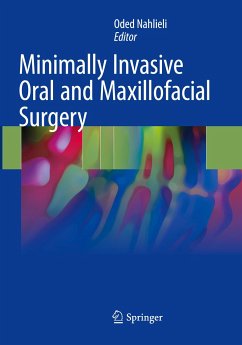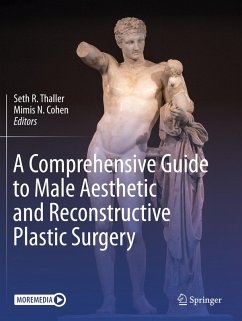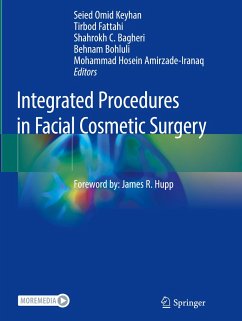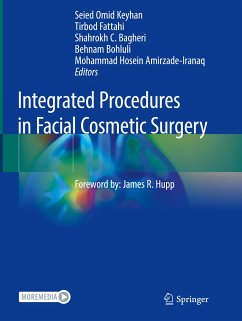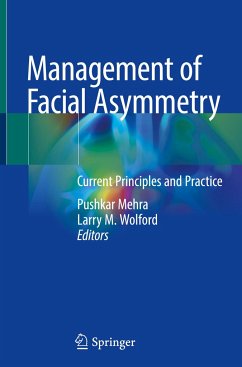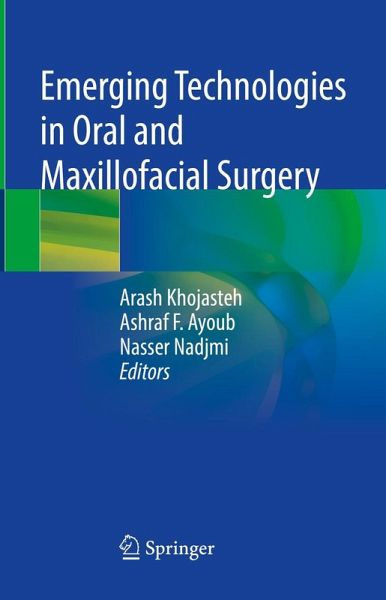
Emerging Technologies in Oral and Maxillofacial Surgery

PAYBACK Punkte
49 °P sammeln!
This book covers the application of emerging technologies, occurring after the 4th industrial revolution, in oral and maxillofacial surgery (OMFS) and introduces a new era of personalized medicine in this discipline. It describes the manufacturing and data acquisition methods, in detail, including the advantages and disadvantages of each process. The workflow of using the emerging technologies in reconstructive treatments, orthognathic surgery, implant dentistry, robotic surgery and bio fabrication have been covered in separate chapters.Several related cases in conjunction with the workflow ar...
This book covers the application of emerging technologies, occurring after the 4th industrial revolution, in oral and maxillofacial surgery (OMFS) and introduces a new era of personalized medicine in this discipline. It describes the manufacturing and data acquisition methods, in detail, including the advantages and disadvantages of each process. The workflow of using the emerging technologies in reconstructive treatments, orthognathic surgery, implant dentistry, robotic surgery and bio fabrication have been covered in separate chapters.
Several related cases in conjunction with the workflow are presented and discussed as clinical examples of each, for practical discussion of the workflow and process trajectory. Each chapters provides introduction, definition, application and plausible pitfalls of employing these technologies in specific areas. Given the multiple materials and techniques, the logic behind selection of each in different fields of practice and thorough explanation of process provides surgeons with a background on how and why a certain approach is employed, and if application of emerging technologies would outdo traditional treatment processes.
The importance of fabricating living tissues is discussed as one of the most recent progresses in the field. The bench-to-bedside transition, their clinical application, and their remarkable positive impact on oral and maxillofacial surgical procedures are covered. This book is arranged for oral and maxillofacial, and plastic surgeons and in-training-fellows in associated fields.
Several related cases in conjunction with the workflow are presented and discussed as clinical examples of each, for practical discussion of the workflow and process trajectory. Each chapters provides introduction, definition, application and plausible pitfalls of employing these technologies in specific areas. Given the multiple materials and techniques, the logic behind selection of each in different fields of practice and thorough explanation of process provides surgeons with a background on how and why a certain approach is employed, and if application of emerging technologies would outdo traditional treatment processes.
The importance of fabricating living tissues is discussed as one of the most recent progresses in the field. The bench-to-bedside transition, their clinical application, and their remarkable positive impact on oral and maxillofacial surgical procedures are covered. This book is arranged for oral and maxillofacial, and plastic surgeons and in-training-fellows in associated fields.





